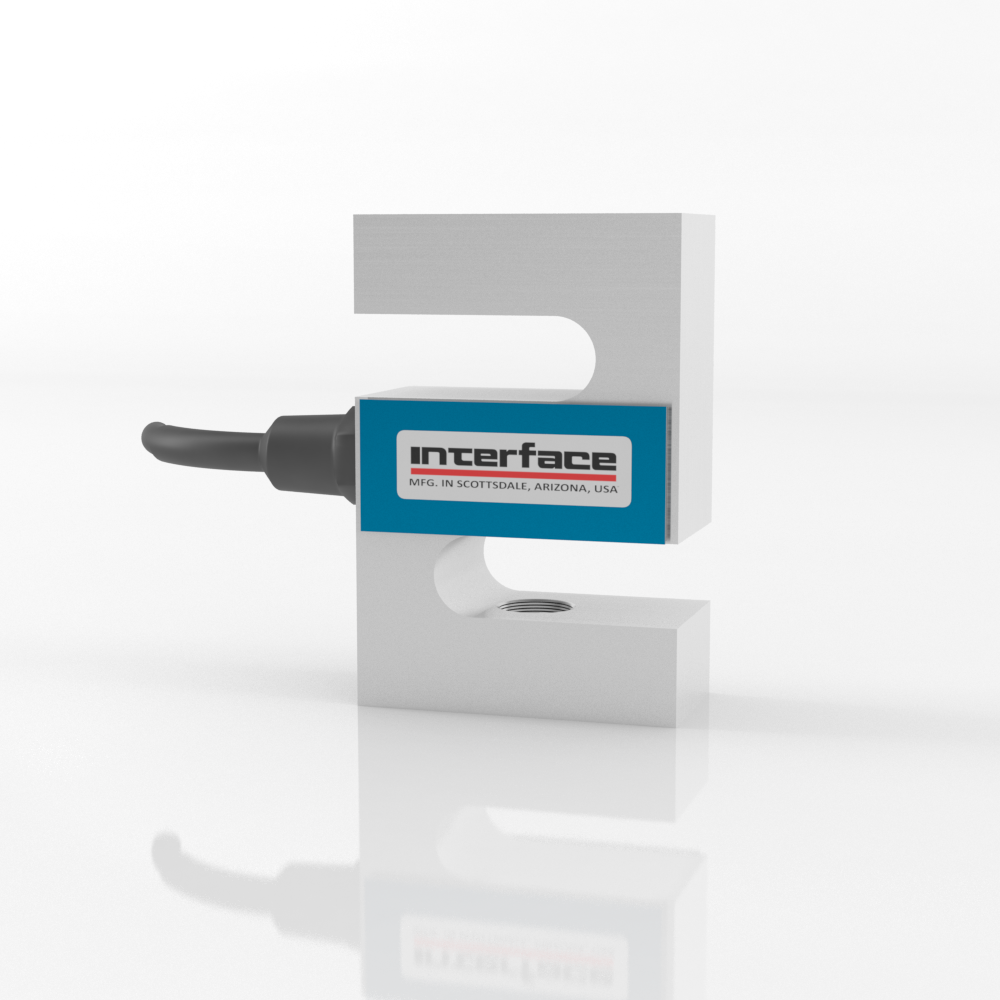The medical industry turns to Interface for force measurement solutions for medical device and healthcare product design, development, and testing. This is especially true for rehabilitation equipment used in clinics, hospitals, nursing and home health care facilities, and sports treatment centers.
Rehabilitation encompasses a broad spectrum of conditions, aiming to restore function and improve the quality of life for individuals facing physical or cognitive impairments. Interface load cells, torque transducers, multi-axis sensors, and instrumentation provide highly accurate data that optimize or validate rehabilitation equipment for patient use.
Significant growth is occurring in the design, testing, and building of rehabilitation equipment, fueled by an aging population, the increasing prevalence of chronic diseases, and technological advancements in rehabilitation devices. Interface provides various sensor options for research, development, manufacturing, and performance monitoring, from miniature load cells to advanced multi-axis sensors.
The demand for home-based rehabilitation devices is also increasing rapidly. This trend is driven by patient preference, cost-effectiveness, and advancements in telehealth technologies. Many of these devices rely heavily on sensors to monitor patient progress, provide feedback, and ensure safety, which aligns well with Interface’s expertise in sensor solutions.
In rehabilitation, Interface’s load cells are embedded within exercise equipment and wearable devices to measure the force exerted by a patient during therapy. Therapists can use the Interface wireless instrumentation to monitor and record patient progress. They can track improvements in muscle strength and movement patterns across different exercises and activities while measuring performance using sensor technologies.
Rehabilitation Equipment and Device Use Cases for Interface Solutions
- Prosthetics and Orthotics Research
- Prosthetic Design and Fit Analysis
- Gait Analysis
- Rehabilitation Robotics
- Exoskeleton Feedback
- Robotic Arms and Hands
- Physical Therapy Equipment Design
- Instrumented Treadmills
- Muscle Strengthening Equipment Tests
- Balance Platforms
- Assistive Device Design and Testing
- Wheelchairs
- Rehabilitation Wearable Device Monitoring
- Research and Development
Interface sensor technologies are used in equipment to treat various conditions ranging from neurological events like stroke and traumatic brain injury, where patients require assistance regaining motor skills, balance, and coordination, to musculoskeletal injuries such as fractures and sprains, where the focus is on restoring strength, mobility, and range of motion.
Application: Treadmill Rehabilitation
Interface-designed force sensors are used in rehabilitation treadmills for patients with pelvic mobility difficulties. For example, patients who have had strokes tend to have trouble walking. The goal is to measure the forces applied on the pelvis when the patient walks on the treadmill and catch any pelvic deviations. The treadmill had a special harness with two actuators on either side of the patient. Interface suggests installing two WMC Sealed Stainless Steel Miniature Load Cells on the actuators to measure the forces applied to the patient’s pelvis. The SI-USB4 4-Channel USB Interface Module graphs and logs the results using supplied VS3 software. Using this solution, the rehabilitation equipment maker has a solution to catch different pelvic deviations in their experimental rehabilitation treadmill using Interface’s products.
By integrating advanced sensor technologies like those offered by Interface, you can create devices that are more effective, safer, and more personalized. Force measurement solutions, for example, can provide valuable data for gait analysis, prosthetic fitting, and robotic exoskeleton control, enabling precise monitoring and optimization of treatment. Similarly, torque sensors can enhance the functionality of isokinetic dynamometers and rehabilitation robots, facilitating accurate measurement of strength, endurance, and range of motion. By embracing these technologies, manufacturers can differentiate their products, improve patient outcomes, and drive innovation in the rapidly evolving field of rehabilitation.

 Interventional Guidewire Quality Inspection
Interventional Guidewire Quality Inspection











Load Cell 101 and What You Need to Know
/in 101 Series, Blog /by Brian JohnsonA load cell by definition is a sensor that measures and converts force into an electrical signal. In the force measurement industry, load is essentially a synonym for force, and the signal produced by a load cell is most commonly […]